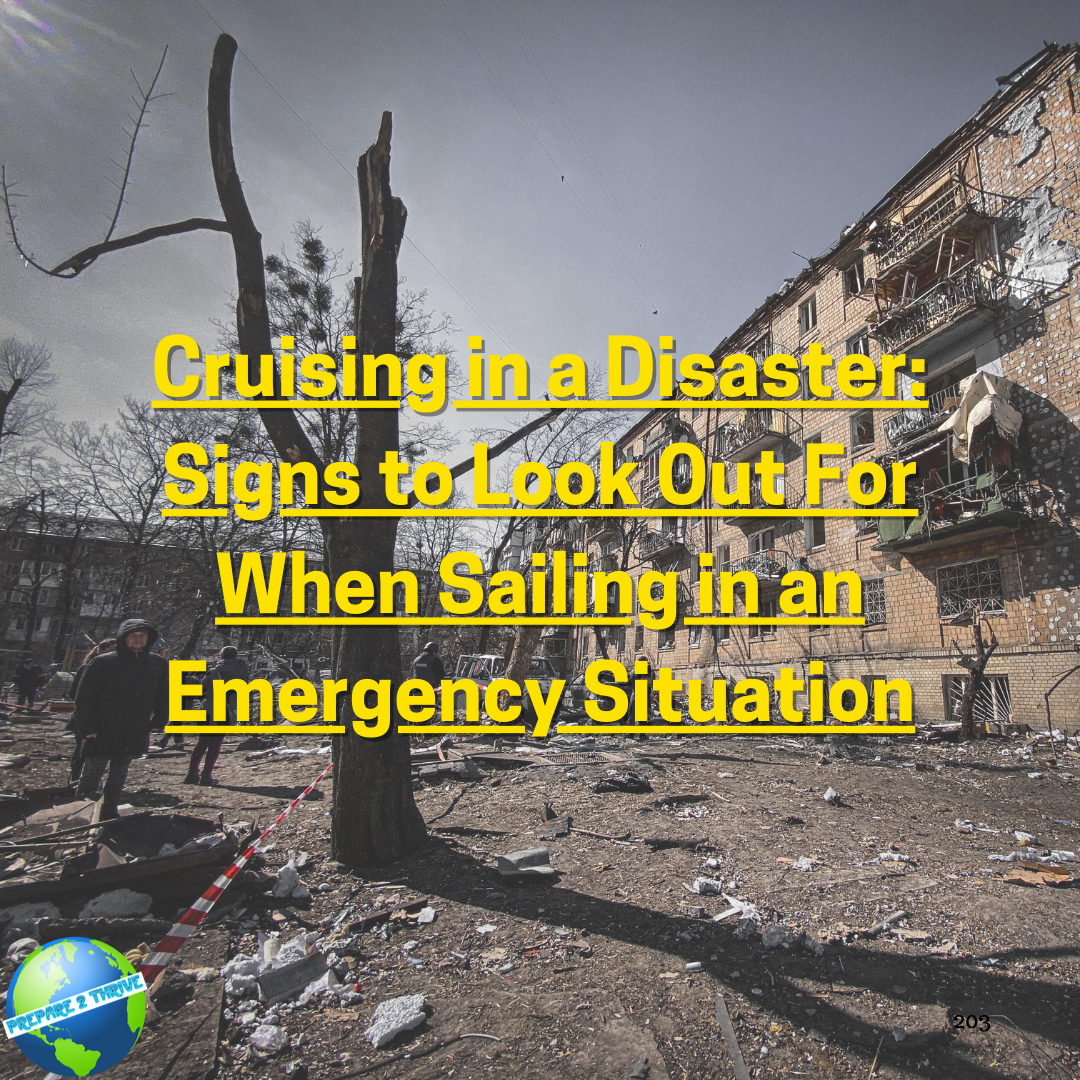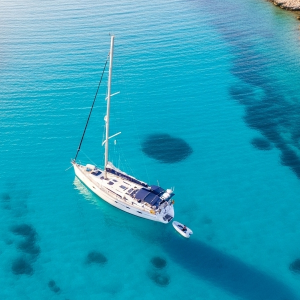Living on a sailboat as part of your preparedness strategy offers unique advantages, especially when it comes to navigating through or escaping from emergency situations and societal collapse. However, just like any other form of travel, there are risks involved-some more subtle than others. Understanding the signs that indicate a situation is deteriorating can make all the difference in ensuring your safety and comfort during an emergency.
Recognizing Early Warning Signs
Economic Instability: One of the first signs you may notice before social collapse occurs is economic instability. Currency values fluctuate wildly, inflation spirals out of control, and goods and services become increasingly expensive without a corresponding increase in quality. In extreme cases, essential items like food and fuel might not be available at all due to shortages or government rationing. If you're observing these patterns while on your sailboat, it’s wise to start thinking about relocating to safer waters sooner rather than later.
Political Turmoil: Political instability often precedes broader societal collapse. You may observe increased military presence around key infrastructure such as ports and airports; this could signal heightened tensions or impending conflict. The media might report more frequently on political unrest, civil protests, strikes, or even violent actions by factions within the population. Additionally, government officials may issue increasingly urgent calls for calm or emergency measures which indicate growing dissatisfaction among citizens.
Social Unrest: Social unrest manifests differently across cultures but generally involves an increase in crime rates and lawlessness. Criminals exploit situations of chaos to seize control over valuable resources like food supplies or transportation networks. This can lead to looting, vandalism, and other forms of property destruction. An atmosphere of fear might set in as people become wary of strangers and less willing to cooperate with authorities.
Physical Signs of Deterioration
Infrastructure Failure: Infrastructure failures are another critical indicator that something is going wrong within society. Power outages could last for days or even weeks without any sign of restoration, leading to widespread discomfort and disruption. Water supply systems may fail entirely if not properly maintained during periods of unrest or war, resulting in severe shortages and health hazards.
Communication Disruptions: Communication disruptions can also serve as early warnings about looming disasters. Cellular networks might degrade rapidly due to lack of maintenance or intentional interference by hostile forces attempting to spread misinformation. Satellite phones could become unreliable too since they rely heavily on satellite coverage that may be interrupted during conflicts involving space assets.
Strategic Navigation Tips
Avoid Conflict Zones: It's important for preppers and survivalists alike to avoid areas where conflict is likely, whether natural disasters or human-made ones. Familiarize yourself with maps of potential conflict zones so you know which routes to steer clear from when navigating through disaster-stricken regions. For example, if there’s a known oil spill in the area, consider going around rather than sailing through it.
Stay Informed: Keeping up-to-date with local news sources will help you stay informed about emerging crises and avoid areas where things are getting worse faster than elsewhere. Reliable maritime channels can provide real-time updates on weather patterns and other navigational hazards. By staying proactive and aware, you'll be better equipped to make sound decisions regarding your course of action during challenging times.
Develop Alternative Plans: Finally, having multiple backup plans is crucial for any emergency scenario. Depending on the nature of the disaster, different strategies might prove more effective than others. For instance, if a hurricane threatens your current location, knowing alternative anchorages nearby could save lives. Similarly, maintaining relationships with local marinas and captains who operate in various parts of the world allows you to adjust course swiftly when conditions change unexpectedly.
Conclusion
Sailing through or away from disaster zones requires vigilance and preparation. By recognizing early warning signs like economic instability, political turmoil, social unrest, infrastructure failure, communication disruptions, and staying informed about potential conflict areas, preppers can enhance their chances of successfully navigating through emergencies safely. Developing alternative plans and maintaining a network of supportive contacts further strengthens your resilience in such situations.
By being attuned to these indicators and taking appropriate precautions, you're setting yourself up for success whether dealing with natural disasters or broader societal collapse. Remember that careful observation and strategic navigation are key components of effective disaster preparedness when sailing on a sailboat.





